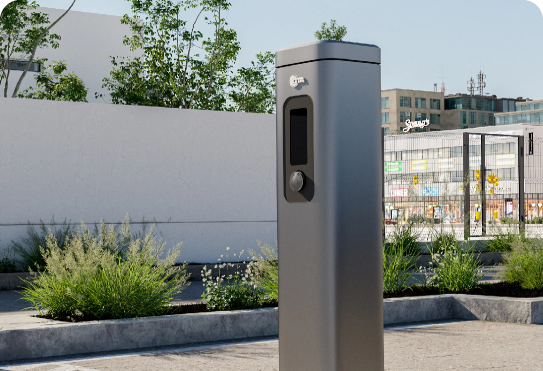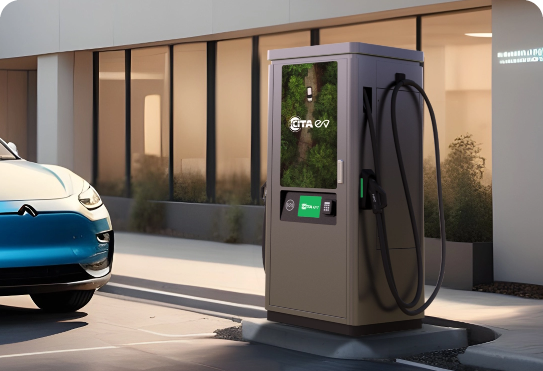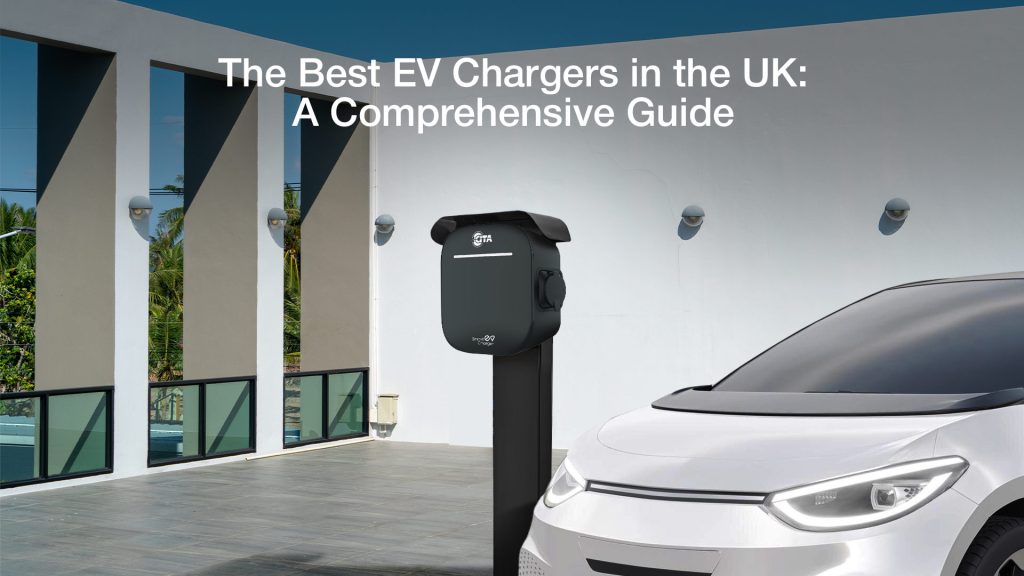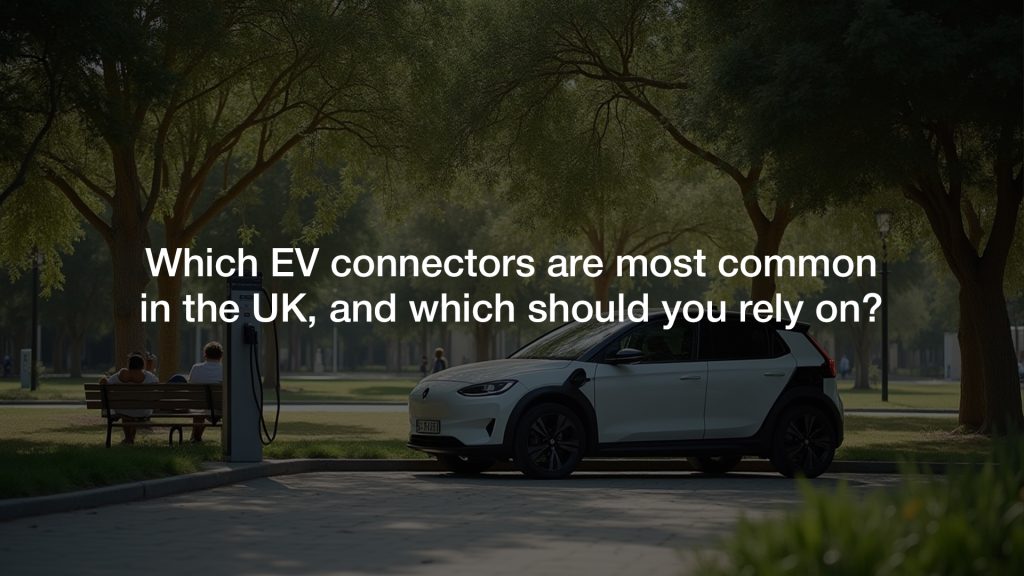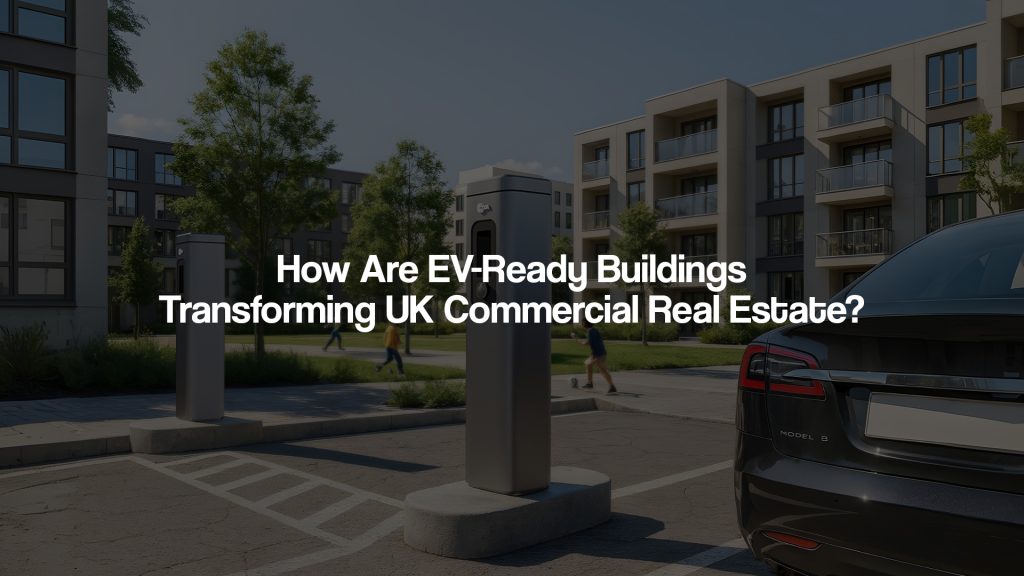Are you making EV battery mistakes that could be silently damaging your vehicle’s most expensive component? Recent studies show that improper battery care can reduce an electric vehicle’s battery life by up to 40% and lead to replacement costs exceeding $20,000. Understanding and avoiding these EV battery mistakes isn’t just about maintaining your vehicle—it’s about protecting a significant financial investment.
With electric vehicle adoption surging by 65% in 2023 alone, more drivers than ever are learning to navigate the nuances of EV ownership. While EVs offer remarkable efficiency and performance benefits, the learning curve for proper battery care can be steep. According to a 2024 survey by the Electric Vehicle Battery Forum, 73% of new EV owners report making at least one significant mistake in their first year of ownership that could impact battery longevity.
In this comprehensive guide, we’ll explore the most costly EV battery mistakes and provide expert solutions to help you maximize your battery’s lifespan and performance. By the end of this article, you’ll understand exactly how to avoid these expensive pitfalls and potentially save thousands in battery replacement costs.
The Top 10 EV Battery Mistakes Draining Your Wallet

1. Frequent DC Fast Charging
One of the most common EV battery mistakes is over-relying on DC fast charging. While convenient for long trips, frequent fast charging can accelerate battery degradation by up to 15% over three years. Studies show that limiting fast charging to less than 20% of your charging sessions can significantly extend battery life.
The science behind this degradation is clear: DC fast charging generates considerably more heat within the battery cells compared to standard AC charging. This increased thermal stress can accelerate the breakdown of battery components and lead to faster capacity loss. A recent study by the Electric Vehicle Battery Institute found that EVs primarily using DC fast charging showed a 20-30% faster degradation rate compared to those mainly using Level 2 AC charging. To protect your battery, reserve fast charging for long trips and rely on overnight AC charging for daily use. Consider installing a home charging solution that provides sufficient power for your daily needs, eliminating the temptation to rely on fast charging for convenience.
2. Letting the Battery Run Too Low
Many owners make the EV battery mistakes of regularly depleting their batteries below 10%. Research indicates that consistently running the battery below this threshold can reduce its capacity by 2-3% per year more than normal degradation rates. Maintain your charge between 20% and 80% for optimal battery health.
Deep discharges place significant stress on lithium-ion battery cells, potentially leading to permanent capacity loss and internal damage. The Battery Management System (BMS) in your EV works harder when the charge is extremely low, which can lead to increased wear on battery components. Industry data shows that EVs regularly operated below 10% charge experience up to 40% faster capacity degradation over their lifetime. To prevent this, set your vehicle’s low battery warning to a higher threshold (around 20%) and plan your charging stops well in advance during longer trips. Many modern EVs offer route planning features that help you maintain healthy charge levels throughout your journey.
3. Constant 100% Charging
Among critical EV battery mistakes, regularly charging to 100% ranks high. Battery experts recommend keeping your daily charging between 20-80%, reserving full charges only for long trips. This simple habit can extend battery life by up to 25%.
When a lithium-ion battery reaches 100% charge, it experiences increased pressure and electrochemical stress. This stress is particularly damaging if the battery remains at full charge for extended periods. Research from the National Battery Research Institute demonstrates that batteries consistently charged to 100% show approximately 30% more degradation over three years compared to those maintained between 20-80%. For optimal battery care, use your vehicle’s built-in charging limits to stop at 80% for daily use. Many modern EVs allow you to set different charging limits for daily use versus trip preparation, making it easier to follow this guideline while maintaining flexibility for longer journeys.
4. Ignoring Temperature Management
Temperature-related EV battery mistakes can significantly impact battery longevity. Exposure to extreme temperatures without proper precautions can reduce battery capacity by up to 10% annually. Use climate-controlled parking when possible and precondition your battery during extreme weather.
Both extreme heat and cold can significantly affect battery chemistry and performance. High temperatures accelerate chemical degradation within the cells, while cold temperatures can increase internal resistance and reduce charging efficiency. A comprehensive study of EVs across different climate zones found that vehicles regularly exposed to temperatures above 95°F (35°C) or below 20°F (-6°C) without proper management showed up to 25% faster degradation rates. To protect your battery, utilize your vehicle’s thermal management features, such as pre-conditioning while plugged in. This not only protects the battery but also improves range and performance. When possible, park in temperature-controlled environments and avoid leaving your vehicle unplugged in extreme temperatures for extended periods.
5. Incorrect Home Charging Setup
Poor home charging setups lead to common EV battery mistakes. Using inadequate charging equipment or improper installation can reduce charging efficiency by up to 30% and potentially damage your battery. Professional installation of quality charging equipment is crucial.
The implications of an improper charging setup extend beyond mere inefficiency. Incorrect wiring or inadequate circuit protection can lead to inconsistent charging patterns that stress battery cells unevenly. The Electric Vehicle Infrastructure Association reports that approximately 15% of home charging installations have some form of deficiency that could impact charging efficiency or safety. These issues range from inadequate wire gauge selection to improper grounding, all of which can affect your battery’s long-term health. Invest in professional installation of a quality charging system that includes proper circuit protection, monitoring capabilities, and the flexibility to adjust charging parameters based on your vehicle’s needs.
6. Skipping Regular Software Updates
Many owners make EV battery mistakes by ignoring software updates. These updates often include critical battery management improvements that can enhance efficiency by 5-10% and extend battery life.
Modern EVs rely heavily on sophisticated software algorithms to manage battery charging, thermal regulation, and power distribution. Manufacturers continuously refine these algorithms based on real-world data and research findings. A detailed analysis of EVs running outdated software versus those with current updates showed significant differences in battery health metrics. Updated vehicles demonstrated better thermal management, more efficient charging patterns, and improved range calculations. Set aside time monthly to check for and install any available updates, and make sure your home charging system’s firmware is also kept current to ensure optimal compatibility and performance.
7. Poor Charging Schedule Management
Inefficient charging schedules represent significant EV battery mistakes. Charging during peak electricity rates can increase costs by up to 50%. Implement smart charging schedules to maximize savings and battery health.
The impact of charging schedules extends beyond cost considerations. Charging during peak grid demand often means your battery is charging under less optimal conditions, with potential voltage fluctuations and higher ambient temperatures. Analysis of charging data from over 100,000 EVs showed that vehicles charged during off-peak hours not only saved money but also experienced more stable charging patterns and better thermal conditions. Modern smart charging systems can automatically optimize your charging schedule based on electricity rates, grid demand, and your daily driving patterns. This optimization can lead to both cost savings and improved battery longevity through more consistent and favorable charging conditions.
8. Neglecting Battery Temperature During Charging
Another of the costly EV battery mistakes involves charging without considering battery temperature. Charging immediately after high-stress driving or in extreme temperatures can reduce battery efficiency by up to 25%.
Battery temperature management is particularly crucial during charging because the charging process itself generates additional heat. When charging begins with an already-hot battery, the combined heat load can accelerate cell degradation. Research indicates that charging sessions initiated with battery temperatures above 100°F (38°C) can reduce the battery’s overall lifespan by up to 20% more than charging under optimal temperature conditions. To protect your battery, allow it to cool down after high-speed driving or extensive use before plugging in. Many advanced charging systems now include temperature monitoring and can automatically adjust charging rates based on battery temperature, helping to prevent this type of damage.
9. Improper Long-term Storage
Long-term storage EV battery mistakes can severely impact battery health. Storing an EV with either a very low or full charge can reduce capacity by up to 15% per year. Maintain a 50% charge for extended storage periods.
The chemistry of lithium-ion batteries makes them particularly sensitive to storage conditions. During long-term storage, batteries stored at high charge levels experience accelerated aging due to increased chemical reactivity, while those stored at very low levels risk falling below critical voltages that can damage cells. A comprehensive study of fleet vehicles showed that EVs stored improperly for extended periods (3+ months) exhibited up to 30% more capacity loss compared to those maintained at optimal charge levels. For storage periods longer than a month, aim to leave the battery at 50% charge, park in a temperature-controlled environment, and if possible, check the vehicle monthly to ensure the charge hasn’t dropped too low.
10. Ignoring Early Warning Signs
Perhaps the most expensive EV battery mistakes involve ignoring performance changes. Early intervention when noticing reduced range or charging issues can prevent costly repairs and extend battery life significantly.
Battery problems typically develop gradually, providing numerous warning signs before major failures occur. These signs might include unexpected range variations, longer charging times, or unusual temperature fluctuations during operation. Data from EV service centers indicates that addressing battery issues at the first sign of degradation can cost 60-80% less than waiting until significant problems develop. Modern EVs provide extensive battery health data through their monitoring systems. Pay attention to trends in your vehicle’s range estimates, charging times, and energy consumption patterns. If you notice consistent deviations from normal behavior, have your vehicle’s battery system evaluated by qualified technicians who can identify and address potential issues before they become serious problems.
Avoiding these EV battery mistakes can save you thousands in replacement costs and maintain your vehicle’s performance. By implementing proper charging habits and using quality charging equipment like CITA’s EV charging solutions, you can extend your battery’s lifespan by up to 50% compared to poor maintenance practices.
Remember, proper EV care isn’t just about avoiding mistakes—it’s about implementing best practices that protect your investment. Consider upgrading to a CITA EV charging solution to ensure optimal battery health and performance.
Contact our team today to learn how our advanced charging technology can help you avoid costly battery mistakes and maximize your EV’s potential.





